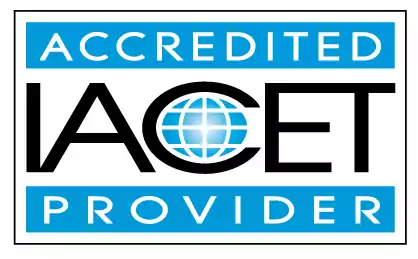Identify ways to ensure active supervision in a Montessori environment.
Central Objective: Identify ways to ensure active supervision in a Montessori environment. Supporting Elements: Outline appropriate practices for identifying and demonstrating expectations to children, and provide examples of age-appropriate activities for different ages. This page serves early childhood education and child care centers seeking practical, Montessori-aligned supervision strategies.Trainings incorporating this outcome
CDA Subject Areas
Proficiency Level
Topic Areas
Price
States
Alabama (1) Alaska (1) Alberta (1) Arizona (1) Australia (1) British Columbia (1) California (1) Colorado (1) Connecticut (1) Delaware (1) District of Columbia (1) Florida (1) Georgia (1) Hawaii (1) Idaho (1) Indiana (1) Iowa (1) Jamaica (1) Kansas (1) Louisiana (1) Maine (1) Manitoba (1) Maryland (1) Massachusetts (1) Michigan (1) Minnesota (1) Mississippi (1) Montana (1) Nebraska (1) New Hampshire (1) New Mexico (1) New York (1) Newfoundland and Labrador (1) North Dakota (1) Ohio (1) Oklahoma (1) Ontario (1) Oregon (1) Pennsylvania (1) Puerto Rico (1) Rhode Island (1) Saskatchewan (1) South Dakota (1) Texas (1) Thailand (1) United Kingdom (1) Utah (1) Vermont (1) Virgin Islands (1) Virginia (1) Washington (1) West Virginia (1) Wisconsin (1) Wyoming (1)
3 hours courses
 0.3 CEUs
0.3 CEUs online
4.5/5
Related Outcomes
- Identify appropriate practices for identify and demonstrate an children: Identify examples of appropriate activities for different ages
- Identify strategies to ensure appropriate supervision for all children's activities.
- Identify strategies to ensure appropriate infant and toddler supervision
- Identify strategies to ensure appropriate supervision.
- Identify strategies to ensure appropriate infant and toddler supervision.
- Identify appropriate practices for identify and demonstrate an children: Identify importance of individual planning
- Identify the types of barriers children's with disabilities/special needs face and ways to adapt curriculum to fit those needs.
- Identifies the components of appropriate supervision
- Identify factors that may influence learning for a child in the infant/toddler environment.
- List parts of active supervision.
- Identify the importance of being sensitive to those who decide not to nurse and of welcoming environment that encourages mothers to breastfeed
- Identify strategies to promote cultural diversity and acceptance in the child care environment
- Identify safety management and supervision practices
- Teachers will identify different ways to communicate with families
- Identify ways to support children’s development using the arts.
- Recognize the importance of providing activities that reflect a welcoming environment for all children, youth and families, regardless of culture, language, or religion, or strengths, talents, and abilities.
- Identify different types of barriers for mixed ages with disabilities and ways to adapt curriculum to fit their needs.
- Demonstrate an understanding of appropriate supervision for all children’s activities.
- Identify ways to extend cooking projects in various areas.
- Identify procedures that will promote a safe environment (indoor and outdoor).
Related Articles
- Lesson Planning for Infants and Toddlers
- Active Supervision: The Only Way to Care for Children
- Child care education
- Nurturing Safe and Engaging Experiences: The Essential Role of Child Supervision in Houston's Summer Activities
- How to Start a Daycare with Children with Special Needs
- Best Practices for Classroom Technology Integration, Screen Time Management, and Online Safety
- Effective Supervision in Early Childhood Education
- Emergency Preparedness in Childcare: Creating and Practicing Safety Protocols
- MSDE Basic Health and Safety: What Does It Cover?
- Daycare Training 101: Building a Safe, Fun, and Educational Environment
- “Where Did They Go?” — Fun Ways to Stay Mindful During Outdoor Play
- ❄️ What Outdoor Activities Work Well for Illinois Kids in Every Season? 🌷🍂
- 🚀How Can New Staff Quickly Get Oriented to North Dakota’s Childcare Standards?